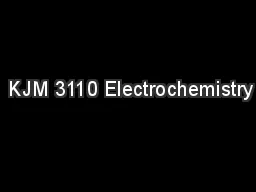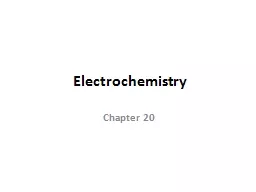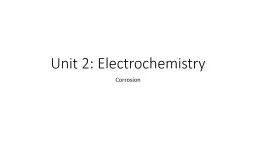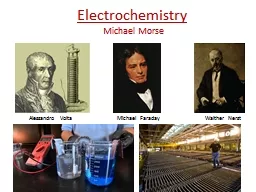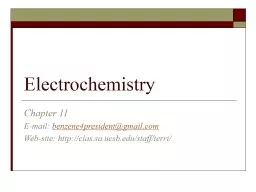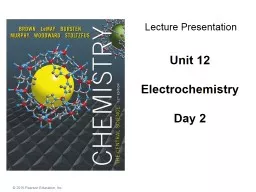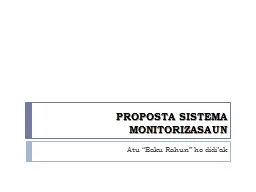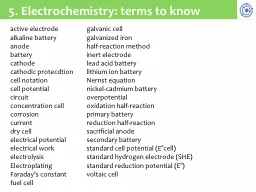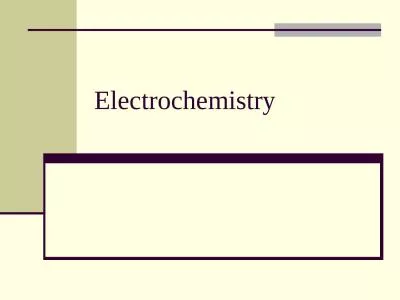PPT-KJM 3110 Electrochemistry
Author : danika-pritchard | Published Date : 2020-04-07
Chapter 14 Other interfaces Most f igures from the textbook we use for the course via its web resources Interface Large capacitance Nonfaradaic currents
Presentation Embed Code
Download Presentation
Download Presentation The PPT/PDF document " KJM 3110 Electrochemistry" is the property of its rightful owner. Permission is granted to download and print the materials on this website for personal, non-commercial use only, and to display it on your personal computer provided you do not modify the materials and that you retain all copyright notices contained in the materials. By downloading content from our website, you accept the terms of this agreement.
KJM 3110 Electrochemistry: Transcript
Download Rules Of Document
" KJM 3110 Electrochemistry"The content belongs to its owner. You may download and print it for personal use, without modification, and keep all copyright notices. By downloading, you agree to these terms.
Related Documents

